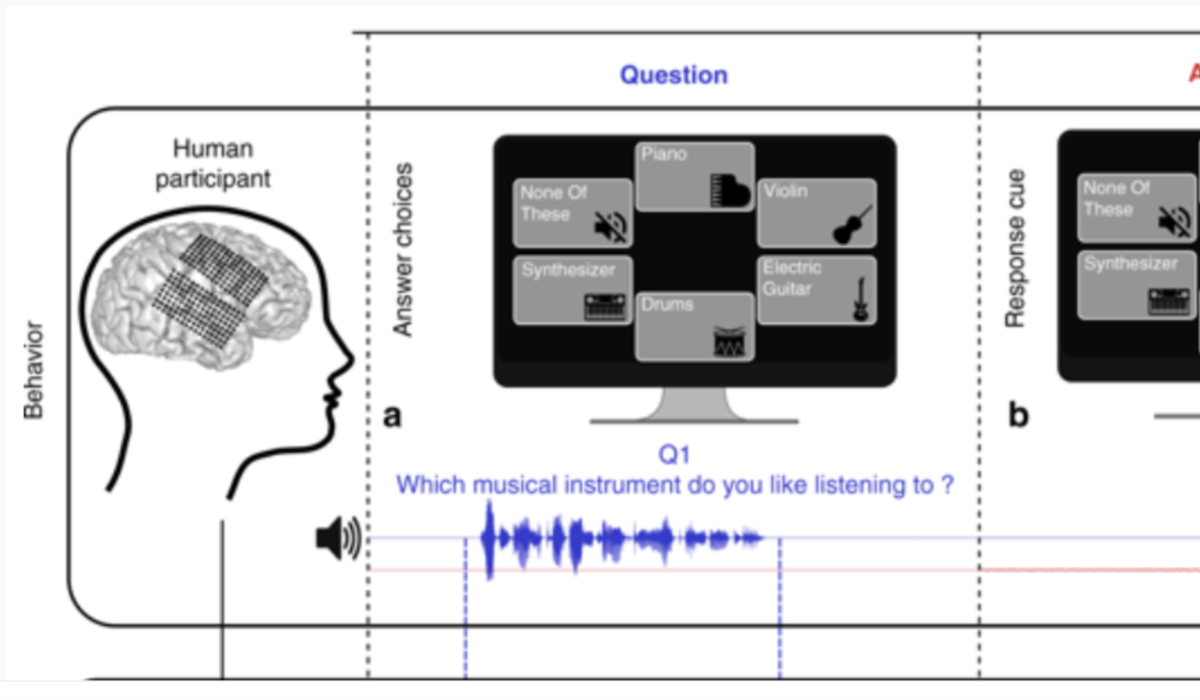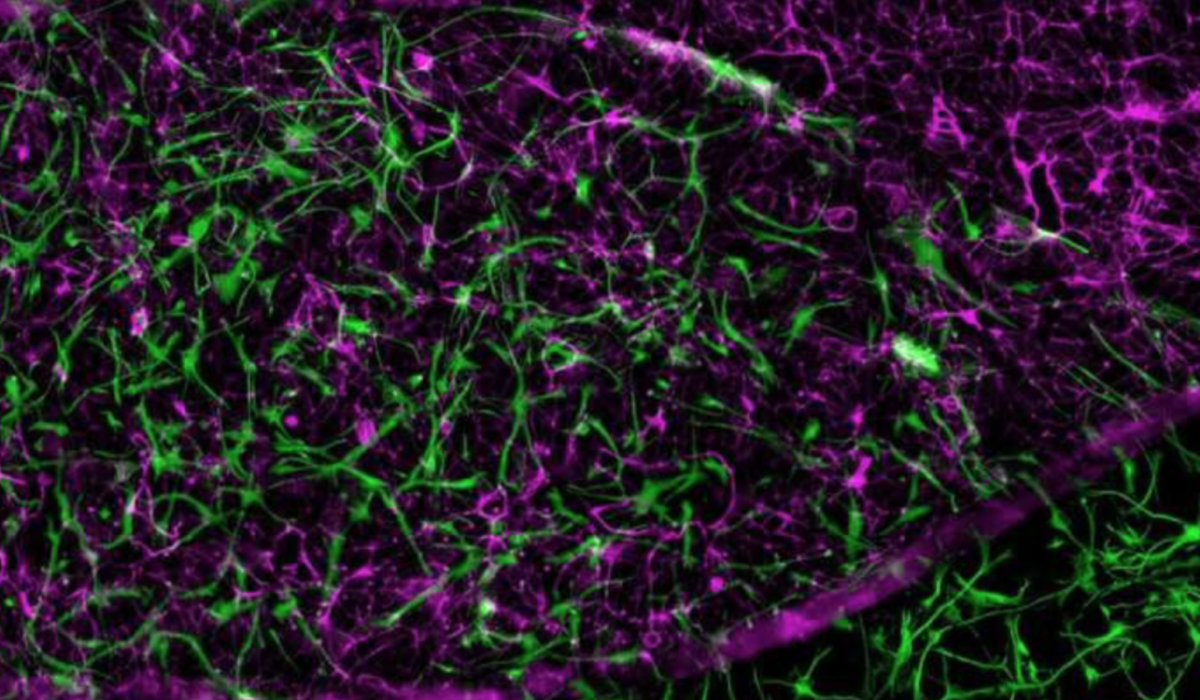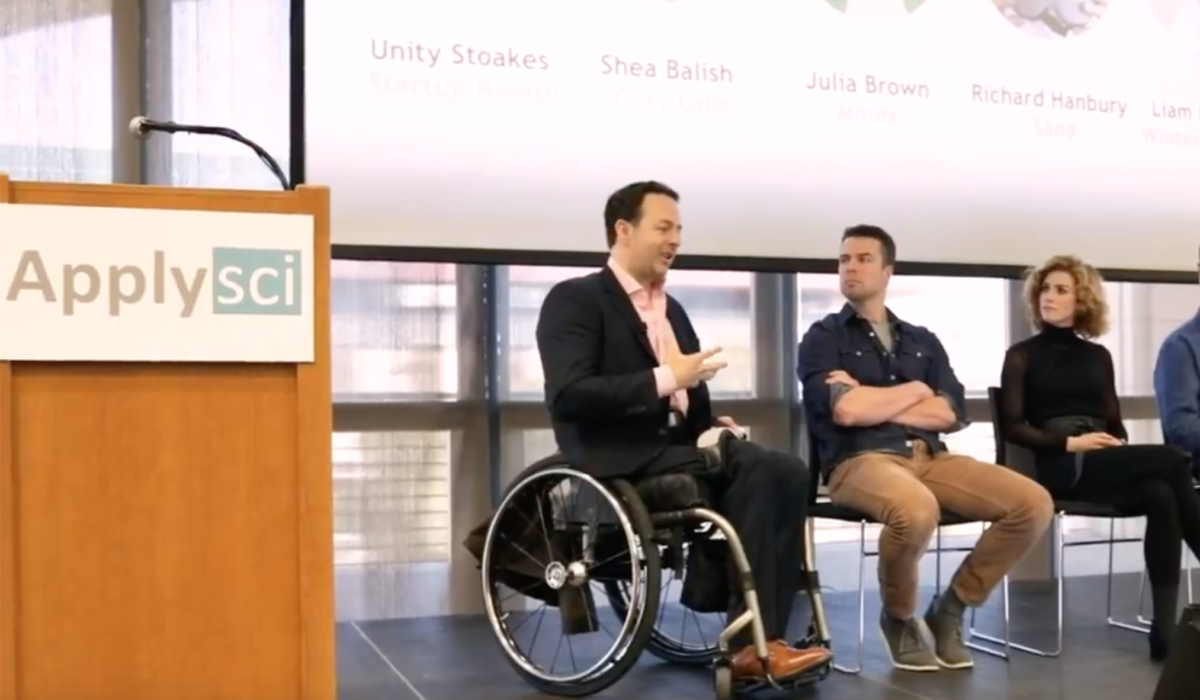Georgia Tech’s Woon-Hong Yeo has developed a 3D-printed, stretchable, battery-free, wireless sensor, implanted in brain blood vessels to measure incoming blood flow, to evaluate aneurysm healing. The tiny device wraps around stents or diverters implanted to...
Brain
BCI reads whole words from thoughts; no virtual keyboard necessary
Edward Changat UCSF, Mark Chevillet at Facebook, and colleagues, have published a studywhere implanted electrodes were used to “read” whole words from thoughts. Previous technology required users to spell words with a virtual keyboard. Subjects listened...
Blood-brain-barrier recreated inside organ chip with pluripotent stem cells
Clive Svendsen, Gad Vatine, and Cedars Sinai and Ben Gurion University of the Negev colleagues have recreated the blood-brain barrier outside of the body using induced pluripotent stem cells for the first time. In...
AI detects depression in children’s voices
University of Vermont researchers have developed an algorithm that detects anxiety and depression in children’s voices with 80 per cent accuracy, according to a recent study. Standard diagnosis involves a 60-90 minute semi-structured interview with...
Thought generated speech
Edward Chang and UCSF colleagues are developing technology that will translate signals from the brain into synthetic speech. The research team believes that the sounds would be nearly as sharp and normal as a real person’s...
MRI detected intracellular calcium signaling
Alan Jasanoffand MIT colleagues are using MRI to monitor calcium activity at a much deeper level in the brain than previously possible, to show how neurons communicate with each other. The research team believes that...
Starving cancer stem cells as a new approach to glioblastoma
Luis Parada and Sloan Kettering colleagues are focusing on cancer stem cells as a new approach to glioblastoma. Like normal stem cells, cancer stem cells have the ability to rebuild a tumor, even after most...
Glutamate sensor could predict migraines, monitor CNS drug effectiveness
Riyi Shi and Purdue colleagues have developed a tiny, spinal cord-implanted, 3D printed sensor that quickly and accurately tracks glutamatein spinal trauma and brain disease. The goal is to monitor drug effectiveness, and predict migraine headaches in...
CNBC feature on Sana Health | Feb 22, 2019 – ApplySci @ Stanford
Richard Hanbury discussed Sana Health‘s pain management technology at Wearable Tech + Digital Health + Neurotech Silicon Valley, on February 22, 2019 at Stanford. ApplySci was delighted that CNBC chose to film this segment at...
Implanted sensors track dopamine for a year
Helen Schwerdt, Ann Graybiel, Michael Cima, Bob Langer, and MIT colleagues have developed and implantable sensor that can measure dopamine in the brain of rodents for more than one year. They believe that this...









